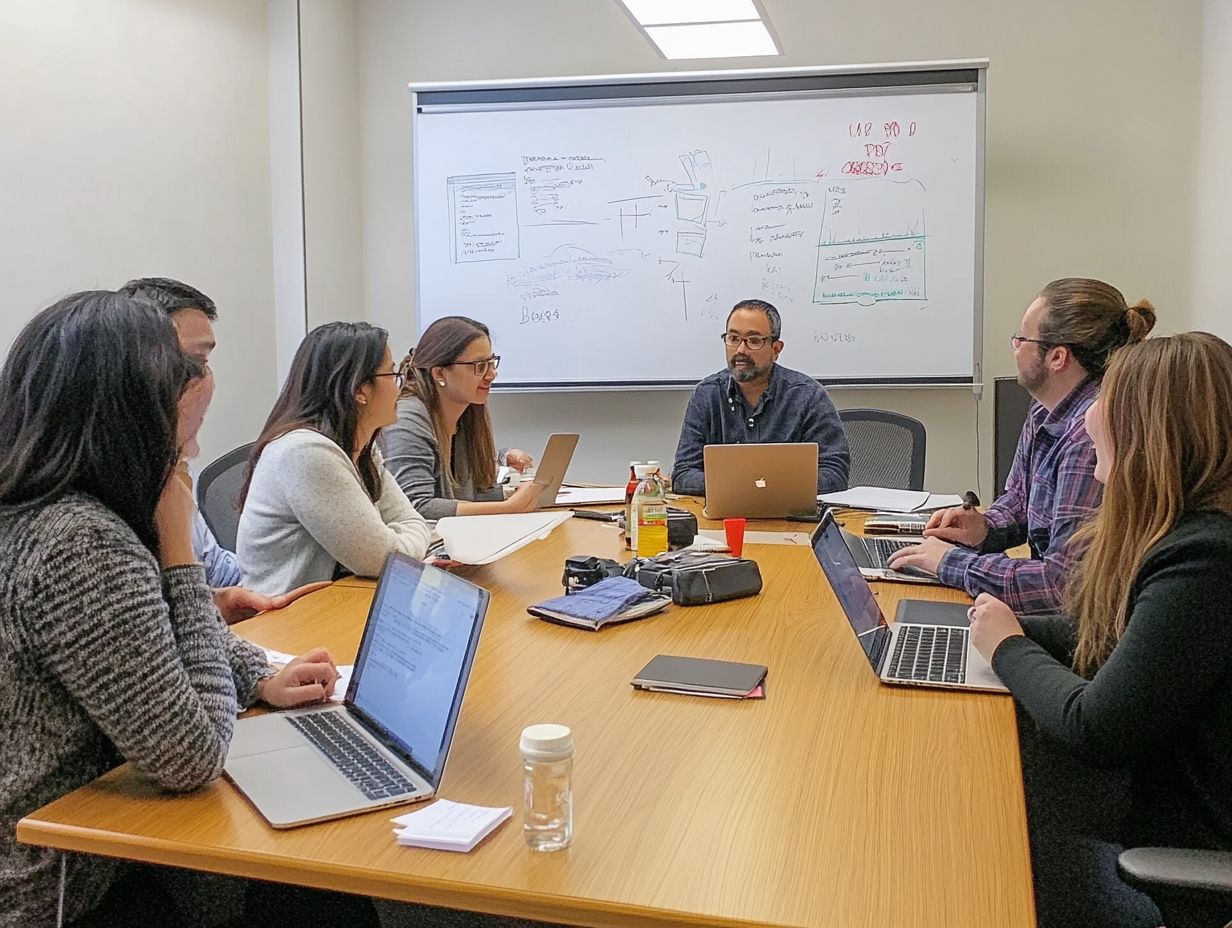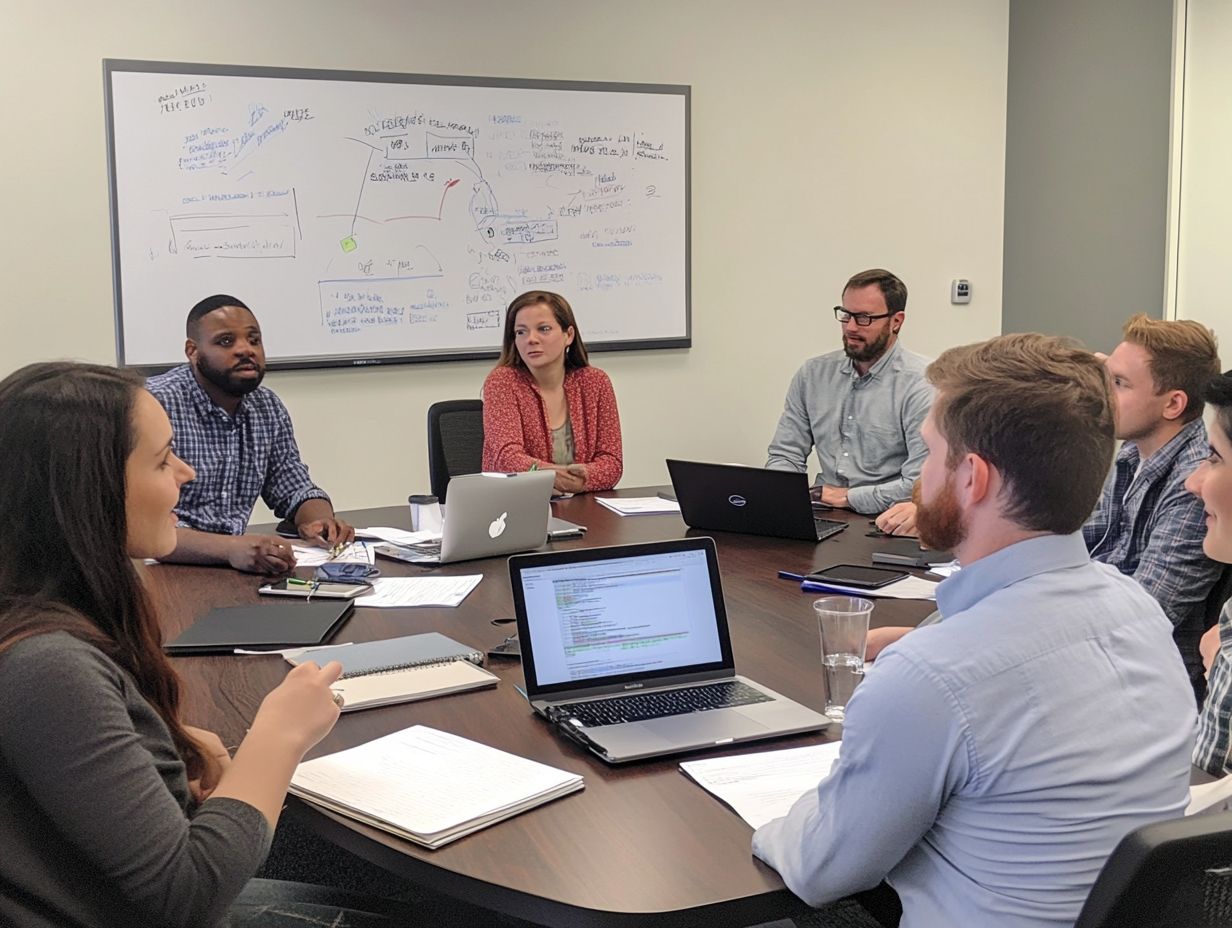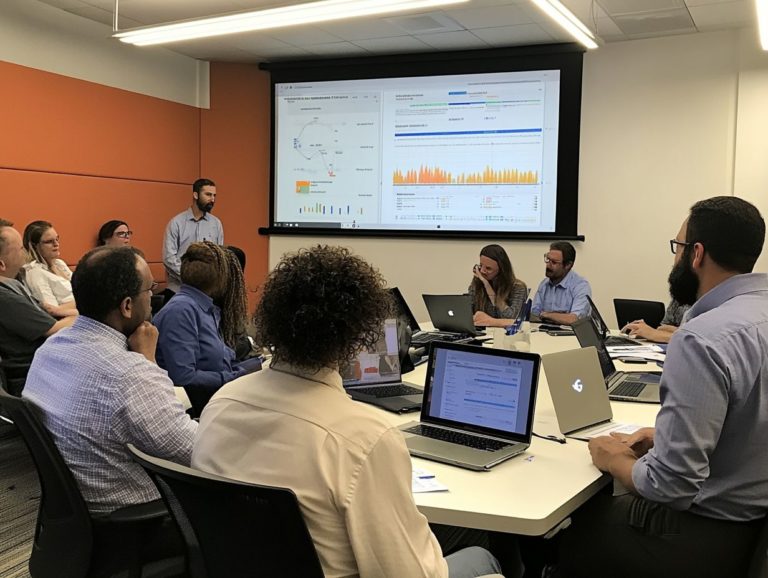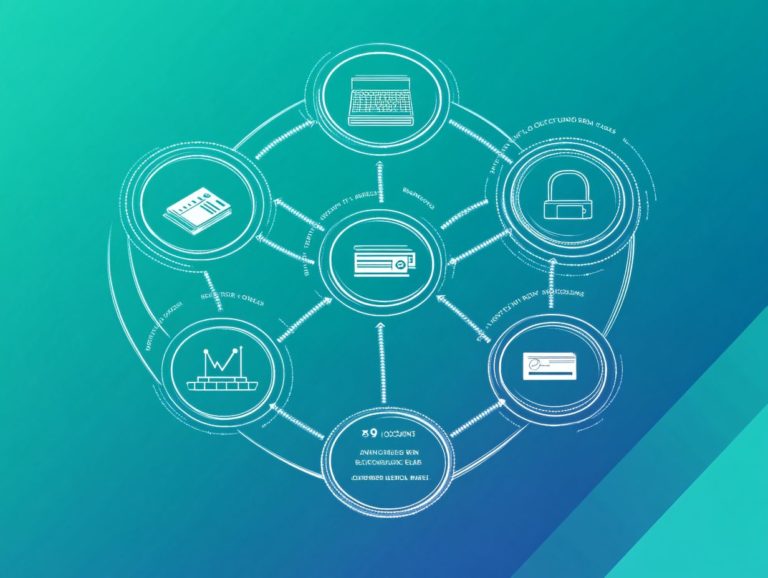understanding vulnerability assessment terminology
Vulnerability assessments are vital for identifying and addressing potential risks across a range of contexts, from environmental challenges to social issues.
This article delves into essential terminology related to vulnerability assessments and examines various approaches used to evaluate risks. It also looks at factors that influence these assessments, including environmental, social, and economic dimensions.
You ll also discover best practices to ensure your assessments are effective. By the end, you’ll have a thorough understanding of vulnerability and the strategies needed to address it effectively.
Contents
- Key Takeaways:
- Common Terminology in Vulnerability Assessment
- Types of Vulnerability Assessments
- Factors Affecting Vulnerability Assessment
- Best Practices for Conducting Vulnerability Assessments
- Frequently Asked Questions
- What is vulnerability assessment terminology?
- Why is it important to understand this terminology?
- What are some common terms in vulnerability assessments?
- How does this terminology differ from other security terms?
- Are there resources for learning about this terminology?
- Can understanding this terminology improve my organization’s security?
Key Takeaways:

Vulnerability assessment is crucial for identifying and addressing potential threats to an entity’s security.
Understanding key terms and concepts is essential for conducting accurate and effective vulnerability assessments.
Factors such as environment, society, and economy greatly influence the results of vulnerability assessments and should be considered carefully.
Defining Vulnerability and Its Importance
Vulnerability refers to the weaknesses in your systems, networks, or software that can be exploited by threats such as malware or targeted attacks. This highlights why it s crucial to conduct vulnerability assessments in cybersecurity management.
Taking a proactive approach to identifying these vulnerabilities is essential for preserving the integrity of your digital ecosystem. Don t let unaddressed vulnerabilities become gateways for cybercriminals!
Conducting regular vulnerability assessments allows you to identify security gaps, providing an opportunity to fix them before they’re exploited. Implementing effective management strategies is crucial for continuously monitoring, prioritizing, and addressing vulnerabilities, ensuring your security measures evolve with emerging threats.
By fostering a culture of awareness around vulnerabilities, you not only protect your assets but also build trust with your customers and stakeholders.
Common Terminology in Vulnerability Assessment
Understanding the common terminology in vulnerability assessment is essential for effective communication and robust cybersecurity measures.
This includes key concepts like risk assessment, vulnerability scanners, and compliance frameworks critical elements that organizations must master to achieve a secure environment.
Understanding Key Terms and Concepts
Key terms in cybersecurity vulnerability assessment, such as vulnerability, exposure, and the tools for identifying and analyzing risks, are essential to grasp. Understanding these elements is vital for organizations looking to enhance their security posture.
A vulnerability is a flaw or weakness in your software, hardware, or even organizational processes that could be exploited by threats like malware or cyberattacks, potentially leading to unauthorized access or data breaches.
Exposure refers to how vulnerable your systems or data are to being compromised, often due to unaddressed vulnerabilities.
The tools available for assessing vulnerabilities such as scanners and software that tests for weaknesses are crucial. They empower security professionals to systematically uncover weaknesses, prioritize them based on potential impact, and implement effective remediation strategies to protect sensitive information.
Types of Vulnerability Assessments

There are various types of vulnerability assessments available, including network scans, host assessments, database evaluations, and application scans.
Each of these approaches uses different automated tools and methodologies designed to uncover weaknesses within your IT infrastructure.
Comparing Different Approaches
When you compare different approaches to vulnerability assessment, you ll discover distinct methodologies like automated scanning, manual penetration testing, and ongoing risk assessment. Each has its strengths and weaknesses in identifying weaknesses in security systems.
Automated scanning is your go-to for rapid identification of known vulnerabilities. It s ideal for organizations that want to conduct regular assessments without overwhelming their teams.
Manual penetration testing dives deeper, using human expertise to uncover complex vulnerabilities that automated tools might overlook.
In dynamic environments, ongoing risk assessment becomes essential. It enables organizations to continuously adapt their security posture.
The effectiveness of these methodologies can vary based on an organization s size, resources, and threat landscape. This highlights the importance of a tailored mix of approaches, which often produces the best results in maintaining strong security protocols.
Factors Affecting Vulnerability Assessment
Various factors can significantly influence the effectiveness of vulnerability assessments. Consider environmental conditions, social dynamics, and economic constraints that your organization must navigate within its cybersecurity management framework.
Each of these elements plays a crucial role in shaping your approach and outcomes in the ever-evolving landscape of cybersecurity.
Environmental, Social, and Economic Factors
Environmental, social, and economic factors are pivotal in shaping cybersecurity and vulnerability management. They influence the weaknesses you may encounter and the methods you should employ for their assessment.
Take environmental factors, for example. Natural disasters can wreak havoc on infrastructure, creating significant security gaps that you must address swiftly.
Social elements are also important. With remote work becoming increasingly mainstream, new attack vectors emerge, necessitating updated vulnerability assessments that align with users’ digital habits.
On the economic front, budget constraints can limit the tools and technologies available to you, potentially compromising your ability to conduct thorough vulnerability evaluations.
These factors illuminate the complexities of vulnerability management and emphasize the necessity of adopting a holistic approach. By considering a broader range of influences, you can ensure your cybersecurity strategies are both comprehensive and effective.
Best Practices for Conducting Vulnerability Assessments

Adopt standardized scanning processes now to boost your security! Implementing best practices for conducting vulnerability assessments is crucial for any organization looking to elevate its security posture.
Prioritize vulnerabilities effectively and adhere rigorously to compliance and security standards. By doing so, you not only strengthen your defenses but also foster a culture of proactive risk management.
Effective Strategies and Techniques
Effective strategies and techniques in vulnerability management can drastically enhance your outcomes. Incorporate advanced assessment tools, maintain continuous monitoring, and execute timely remediation efforts to set your organization on the path to security excellence!
Utilizing methodologies like risk prioritization allows you to focus on vulnerabilities that present the most significant threats. This optimizes your resource allocation for maximum impact.
Implement a robust patch management process to mitigate risks and ensure compliance with industry standards. Integrate automated scanning tools to streamline the identification of weaknesses, enabling you to act swiftly when necessary.
Conduct regular training sessions for your team on the latest threat landscapes. This significantly bolsters the overall effectiveness of your strategies, fortifying your organization against the ever-evolving cyber threat environment.
Watch this video to learn more about enhancing your vulnerability assessment processes!
Frequently Asked Questions
What is vulnerability assessment terminology?
Vulnerability assessment terminology is the language used to describe vulnerabilities in computer systems and networks. Key terms include “exploit,” which means a method used to take advantage of a vulnerability, “threat,” a potential danger, and “risk,” the possibility of loss or damage.
Why is it important to understand this terminology?

Understanding this terminology is vital for accurately assessing security risks in your organization. It creates a common language among security professionals, which leads to better communication.
What are some common terms in vulnerability assessments?
Common terms include “vulnerability,” a weakness in a system, “exposure,” when a system is open to attack, “attack surface,” the total points in a system that are vulnerable, and “remediation,” the steps taken to fix vulnerabilities. Familiarity with these terms helps in effectively addressing vulnerabilities.
How does this terminology differ from other security terms?
This terminology focuses specifically on vulnerabilities and their impacts. In contrast, other security terms may cover a wider range of topics, including threat intelligence and incident response.
Are there resources for learning about this terminology?
Yes, many resources can aid in learning about vulnerability assessment terminology. Online courses, industry publications, and professional organizations offer valuable training and educational materials.
Can understanding this terminology improve my organization’s security?
Absolutely! Familiarity with vulnerability assessment terminology can significantly enhance your organization’s security. It enables more accurate assessments and fosters better communication with security professionals.






